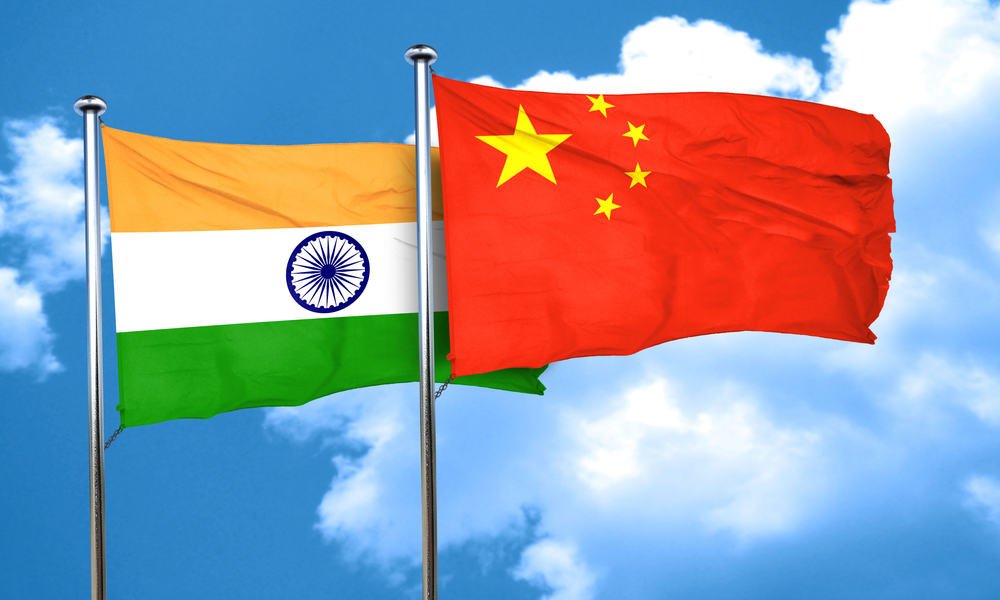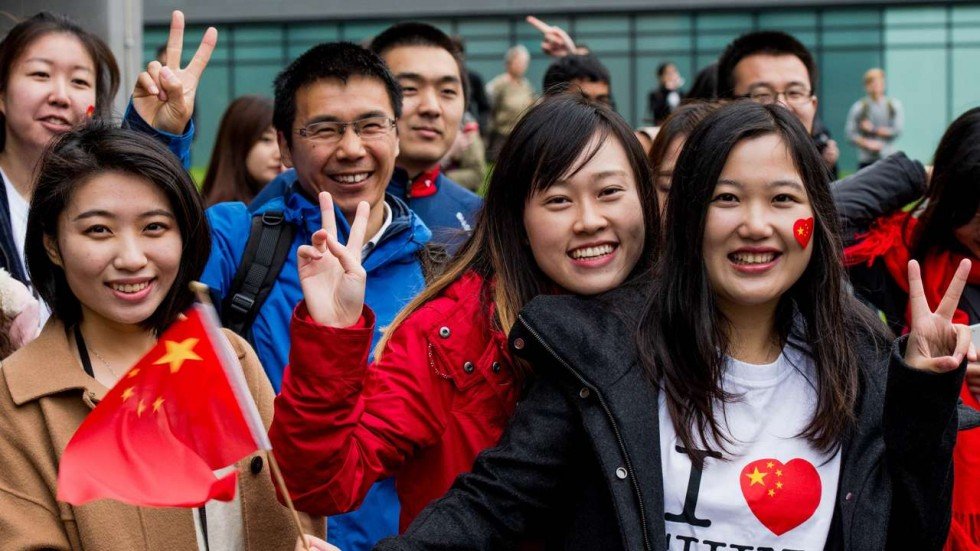Insights

A tale of two nations: demographic changes of China and India
India is expected to overtake China as the world’s most populous country this summer. This is a significant milestone for both China and India, marking the beginning of a new future for their national development.
Time for an Asian Monetary Fund?
The idea of creating an Asian Monetary Fund is resurrected as nations reconsider the downsides of over-reliance on the US dollar.
Countdown to T+1
Firms worldwide are waking up to implications of T+1 settlement and most are unprepared for the conversion.
Crypto’s future in the balance
The crypto industry saw almost US$1.5 trillion of its market value wiped out in 2022, with a variety of weaknesses being exposed. The industry will need to evolve to be sustainable, and regulation will play a key role in facilitating this evolution.
India coming to the fore
Solid economic fundamentals and growth policies make India a compelling investment destination. Its attractive growth story has increasingly prompted foreign investors to upgrade Indian stocks into a dedicated allocation in their emerging-market investment portfolios.

Two decades of Chinese securities markets opening
Investing in Chinese securities markets has never been easier since the QFII scheme was introduced two decades ago, but foreign investors are at a crossroads .

Asia Pacific leads digital currency explorations
The Asia Pacific region is at the forefront of exploring central bank digital currencies. Not only major economies in the region are in advanced explorations, but emerging economies and low-income nations are also showing rising interest. However, only two countries have indicated that they are very likely to issue a retail CBDC in the near term.
Changing work attitudes
The prolonged Covid-19 pandemic has prompted many people to rethink their lives, values and priorities, thus giving rise to social phenomenon such as “Great Resignation”, “Great Resuffle”, “Lying Flat” and “Quiet Quitting”. The changing dynamics of employees’ attitude towards work present a challenge as well as an opportunity to businesses.

A tale of two cities: Hong Kong and Singapore
Hong Kong’s Covid policy and US-China tensions have seen firms and talent move to Singapore. The city state is benefiting from the influx but also faces new challenges.

Asset tokenisation makes inroads in Asia
Asset tokenisation is making inroads into private assets and over-the-counter financial products in Asia. However, it’s still early days and will require the financial industry to work together to address a number of key challenges to gain industry scale.

Cross-border funds distribution
Hong Kong’s fund management industry has long pursued the goal of distributing fund products to China. But that goal remains largely unachieved in spite of the fact there are now two cross-border schemes in operation.

Crypto asset hubs
Crypto assets are gaining mainstream acceptance, prompting financial centres across the globe to step up efforts to establish themselves as crypto asset hubs. Governments have to balance risk while positioning for business opportunities.
Moving to T+1 settlement
Shortening the securities settlement cycle to T+1 will have a profound impact on global financial markets, helping to cut risk in volatile markets. In the Asia Pacific, India has begun T+1 implementation with a phased approach.
The race for SWIFT alternatives
The recent cutoff of sanctioned Russian banks from SWIFT has sparked a race for alternative cross-border payment channels.

New Zealand punches above its weight
New Zealand’s asset management industry has been punching above its weight in collaboration with the government despite its remote geographical location and its small population of just over five million. One of its firms recently became the first to be approved to distribute funds across borders under the Asia Region Funds Passport scheme.

The changing face of Chinese investors
Chinese mutual fund investors are increasingly displaying stronger confidence and maturity in investing. Female participation has increased, incomes are higher, and investors are more educated, savvier at online and digital communication, and allocating more income into investment.

Competition in China’s custody market stiffens
China’s custodian banks have been on a roll over the past two decades. But now their margins are being squeezed and new challengers are appearing on multiple fronts. Apart from competition from within, custodian banks are also seeing their market share being eroded by securities companies in the mutual fund and private fund sectors. Foreign banks are also entering the scene.

Evolution of the securities services industry
The custodian industry is highly concentrated today, with 60% of the assets held by the top five custodians, the result of several decades of growth and consolidation. M&A activities have played a major role in shaping the industry’s landscape today; a new wave of M&A activities will be triggered as the industry goes into the digital age.

China’s rising quants
China’s onshore quant funds have topped 1 trillion RMB (US$130 billion) in total assets under management since June this year. But what’s even more striking is that these funds have increased their total assets by nearly ten-fold over the past four years. They came under the spotlight recently when a top regulator called attention to the potential risks.

China’s bank wealth management business comes out of the shadows
China’s 25.8 trillion RMB wealth management sector represents the biggest pool of managed assets in China, larger than the 23 trillion RMB mutual fund market. The business is entering a new phase of development after a sweeping regulatory overhaul three years ago. The government has set up a new licence for the sector as well as allowing the entry of foreign competition to encourage players to break away from dubious practices in the past and to innovate and improve their services. The The long-awaited Wealth Management Connect scheme for the Greater Bay Area recently announced can be another booster.

